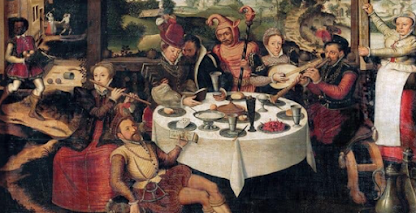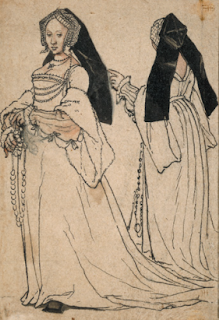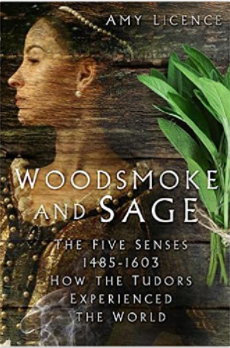Jane, Lady Rochford's Last Effects.

Jane Rochford, as portrayed by Jessica Raine in the TV drama Wolf Hall. Everything went spectacularly wrong for Jane Boleyn, Lady Rochford, in autumn 1541. By then, she really should have known better. But what did she leave behind? Jane had already survived one dramatic Henrician coup, seeing her husband and sister-in-law condemned to death on the flimsiest charges by a king unprepared to let anything stand in his way. Even the truth. Contrary to popular depictions of Jane, though, she did not condemn her relations, or contribute to their downfall. Records suggest a close relationship with Anne, and a civilized, if childless, marriage to George. Jane is only mentioned once in the trial records, where she admits that Anne confided in her about Henry's lack of sexual prowess. And this happened indirectly, addressed to George in the form of a question, which he was indiscreet enough to repeat aloud to the court. It was the hostile George Wyatt, writing later, who called Jane a "



